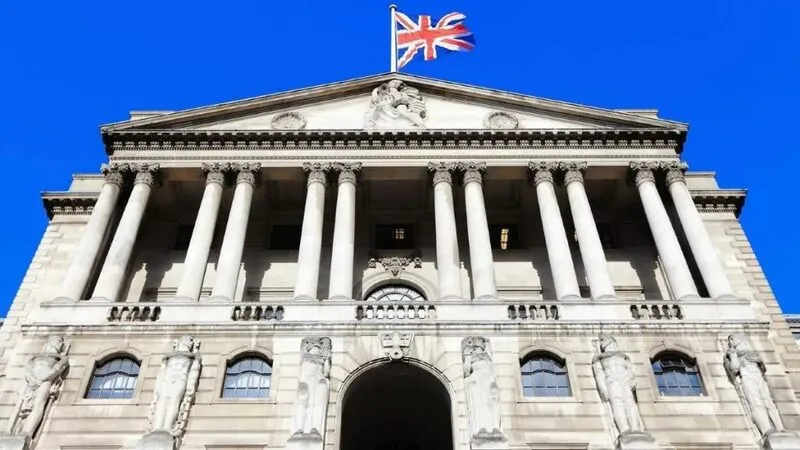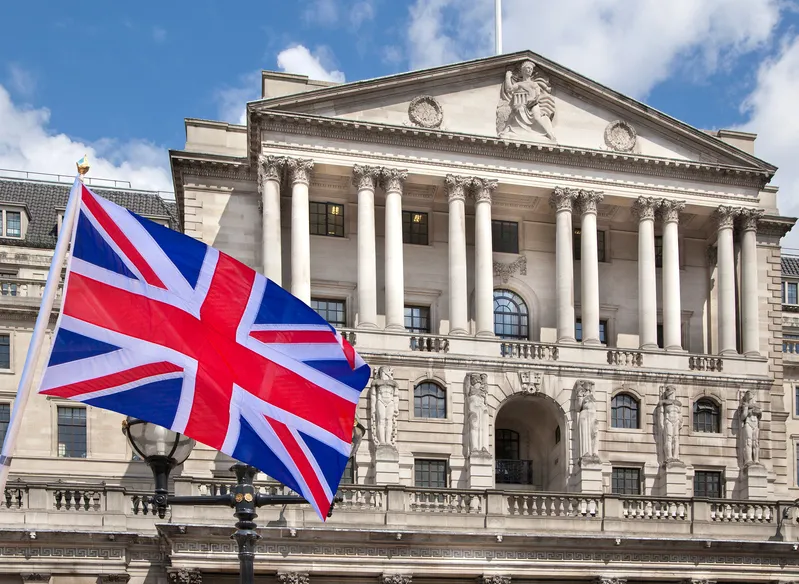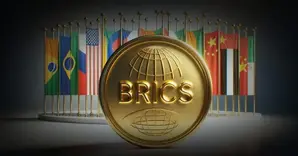US dollar volatility has now started to gain mainstream attention. The American currency is currently weathering rocky waters as global trust in the US dollar continues to falter. In the middle of this, the Bank of England has issued a stark warning to other banks, sounding the alarm on their growing dependence on the US dollar.
Also Read: Emerging Markets Shift to Euro Debt Amid US Dollar Review
Bank Of England’s Message To Other Banks

The Bank of England has repeatedly asked banks to analyze their dependence on the US dollar. This warning has been issued in line with growing US dollar volatility and whether these banks are ready to face US dollar shocks and jitters in this wake. Per a recent report, BoE’s latest request to lenders to assess their reliance on the US dollar comes straight after the volatility that has been triggered by Trump’s new tariff regimen. Since the liberation day tariffs, the USD price has been noting a significant value shock. In one such instance, the DXY index dipped as low as 98 in a historic new scenario.
The bank further clarified the reasoning behind the request, adding how banks must check whether they can rely on the US dollar in light of recent changes in trade policy and the evolving stance of the Federal Reserve. The platform clarified how it’s often assumed that the FED would help non-US banks when encountering dollar shortages, but the lenders are showing a questionable stance on the aforementioned matter. Additionally, the report outlined how, in early stress tests, banks were unable to bear the US dollar shock for more than a few days. This growing trend finally compelled the BoE to intervene and issue the said request.
The US Dollar Continues to Plummet
The USD is currently reporting its worst fall since 1973:
The US Dollar is worth 10.1% less than it was at the beginning of the year. pic.twitter.com/THebkw7FRS
— Koyfin (@KoyfinCharts) June 26, 2025
The asset has plunged 10% in the year 2025 alone, clearing paths for gold and Bitcoin in its wake:
“The US dollar just had its worst start to a year since 1973, and it’s still falling. Gold, silver, and crypto have been painting a consistent narrative.“
The US Dollar just had its worst start to a year since 1973; and it’s still falling.
Gold, silver, and crypto have been painting a consistent narrative.
Position according or you will be left behind.
Follow us @KobeissiLetter for real time analysis as this develops.— The Kobeissi Letter (@KobeissiLetter) July 21, 2025
Also Read: BRICS Don’t Threaten The US Dollar, The US Does Through Its Own Policies






